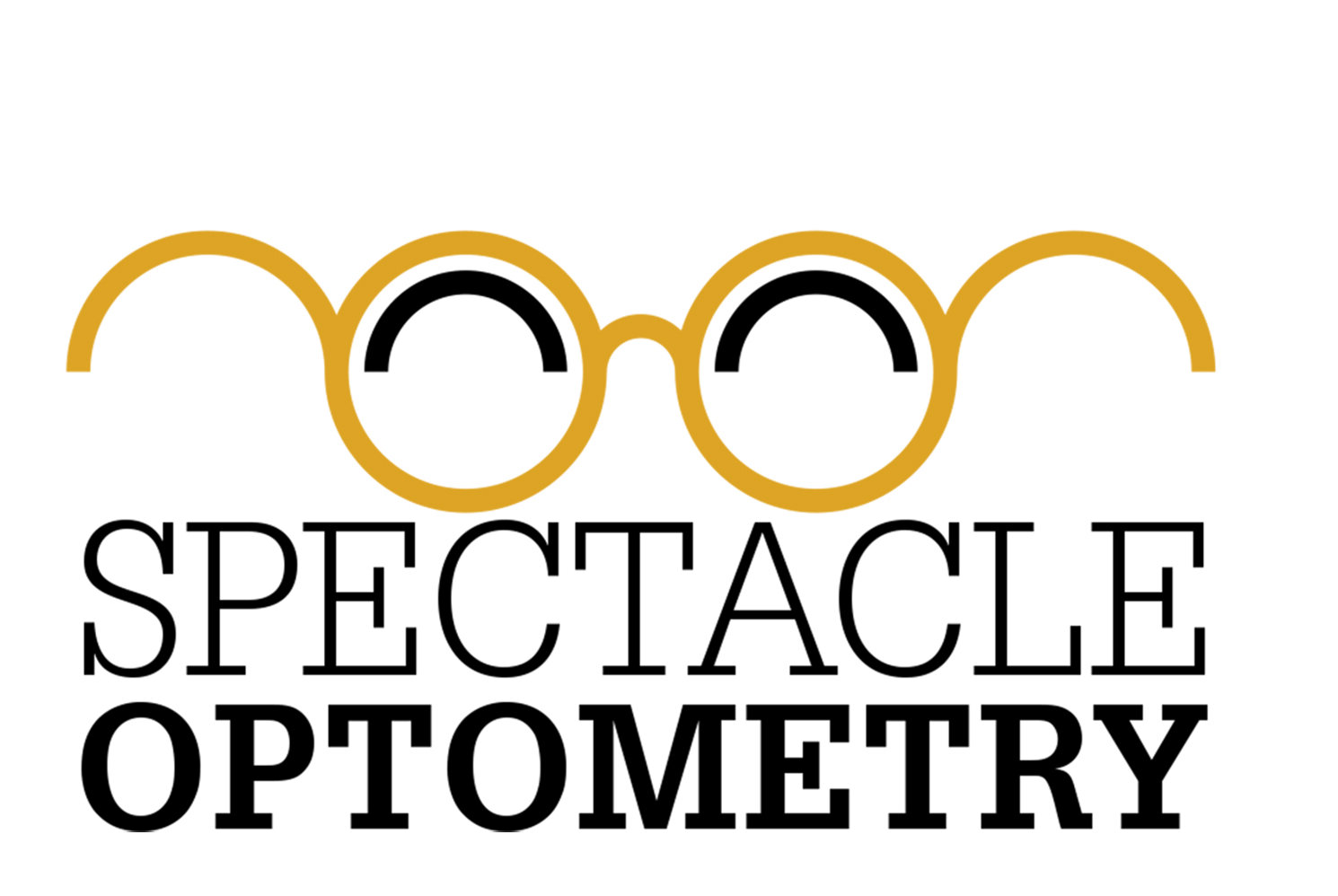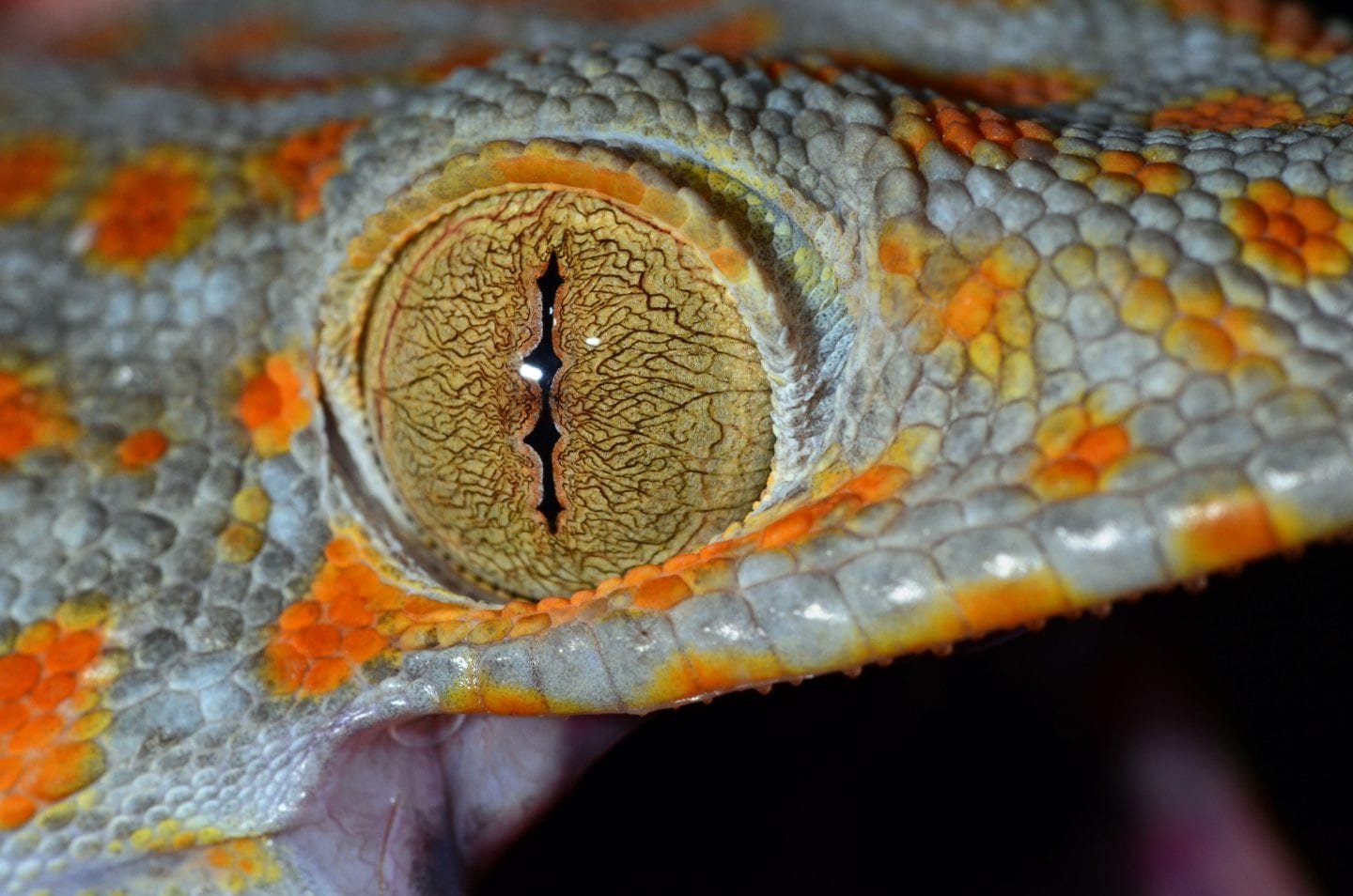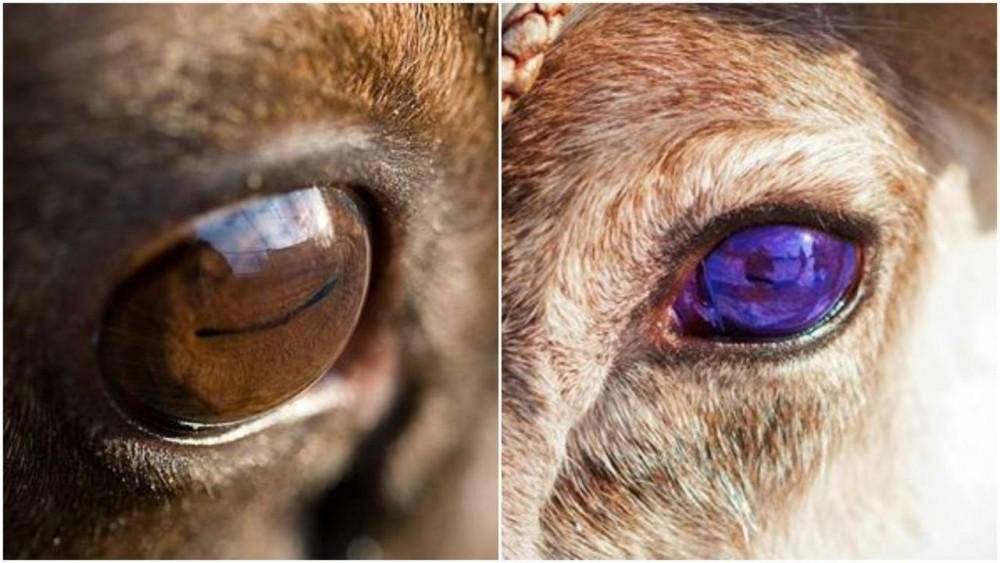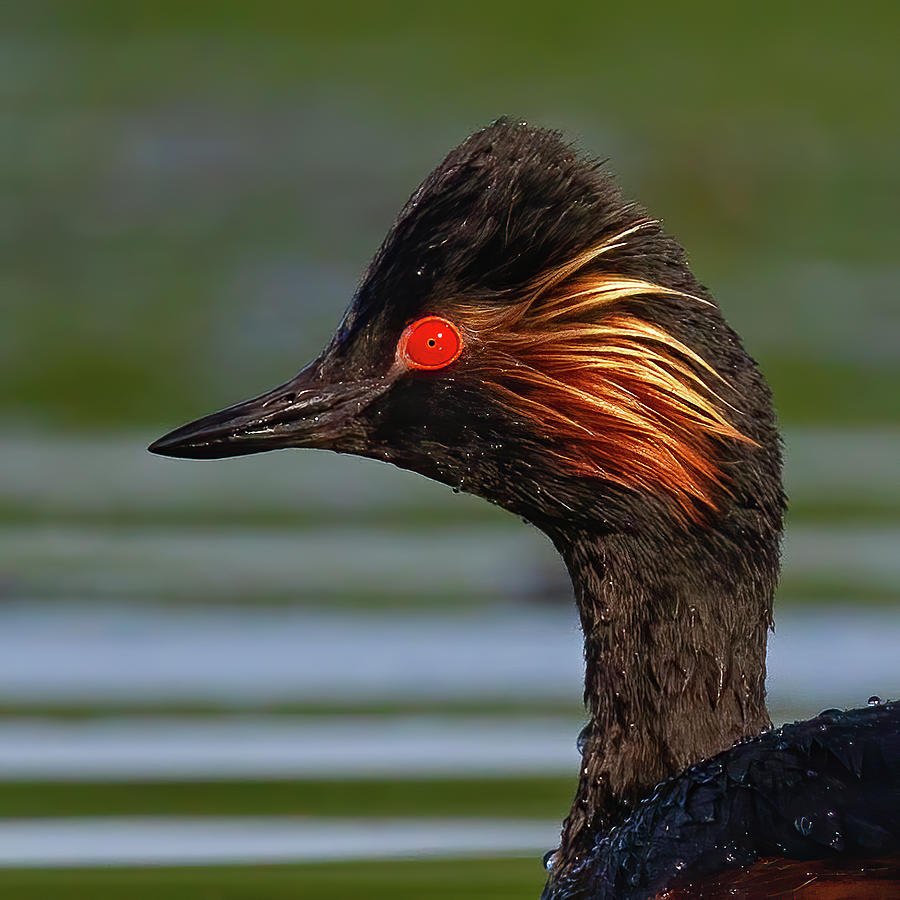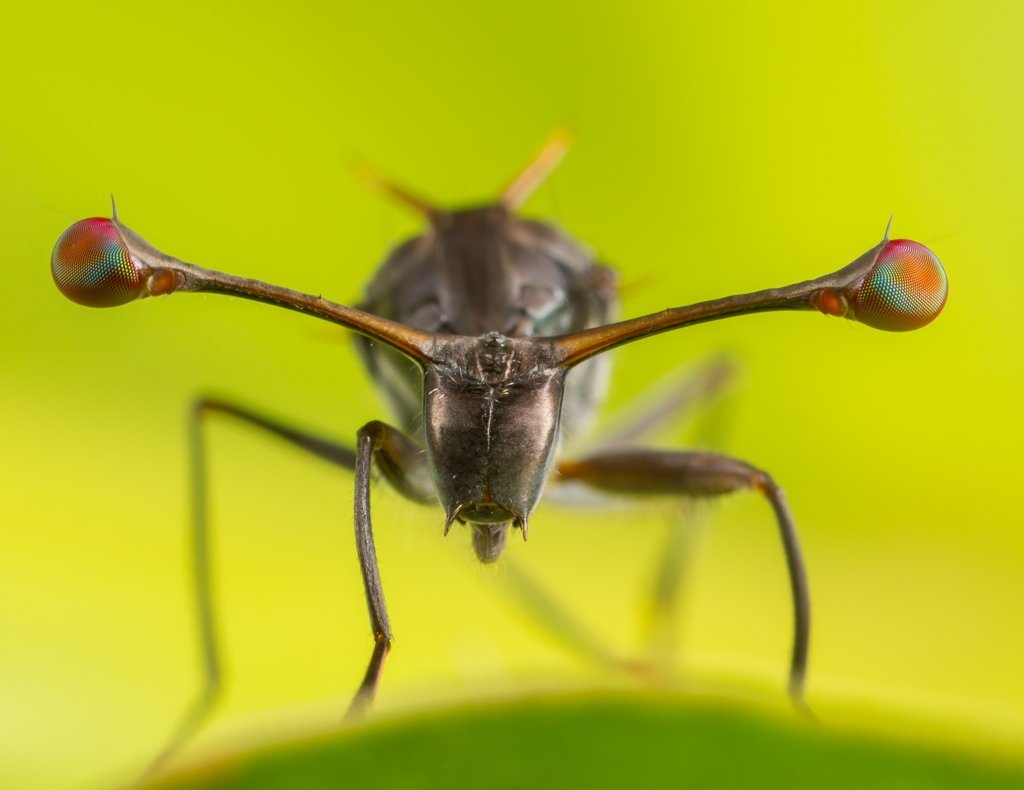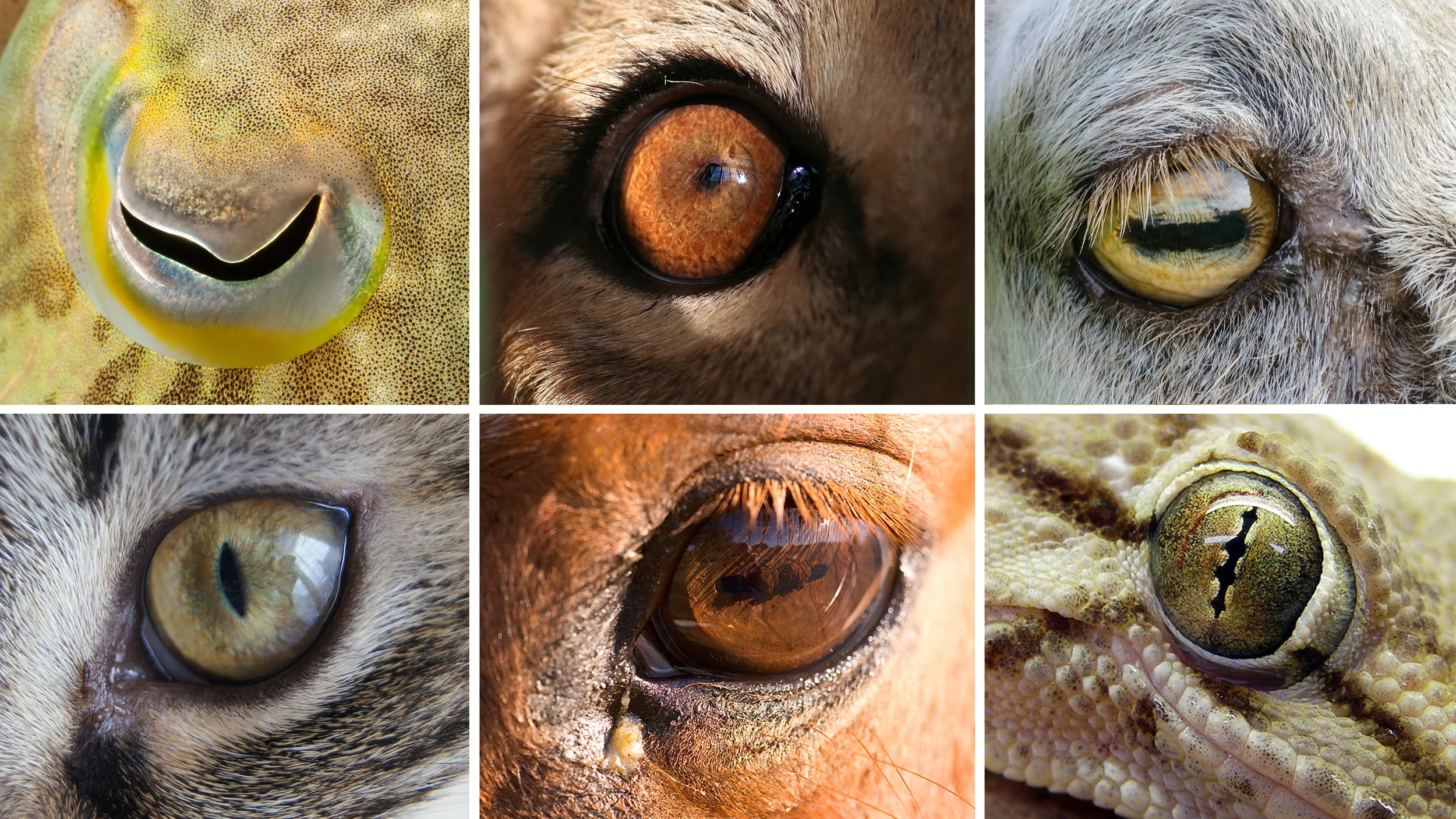JEEPERS! THE BEST PEEPERS FROM CREEPERS AND OTHER LAND ANIMALS
We think animals have some of the most interesting, unique, and coolest eyes! Sometimes we get focused on the animal itself, but when you just focus on their eyes, they’re actually quite amazing. Some are big or small, while others have features to help them in the wild that we couldn’t even imagine. We decided to do some research for you and come up with some of our favorites in distinct categories all of their own.
MOST UNIQUE PUPIL: GECKOS
Geckos have a pretty unique pupil to say the least! It is actually a vertical beaded slit in bright lighting conditions. This helps to prevent their eyes from damage, while the “beads” work together to help geckos perceive things in the distance, but not allow too much light in. In dim light, the pupils expand to a more round shape to allow more light into the eye and in turn better vision. Another fun fact is that most geckos don’t have eyelids! This is why you often see them licking their own eyes to keep them well lubricated.
MOST LENSES: DRAGONFLY
While dragonflies (and other insects) don’t have pupils, they make up for it in lenses. Dragonflies actually have 28,000 lenses, or ommatidia, PER EYE! We can’t imagine the cataract surgeries they will have to go through! haha Joking aside, their eyes are actually rather large compared to their body, but they give them almost 360 degree vision as well as good motion and color detection.
BEST PERIPHERAL VISION: CHAMELEON
Chameleons have eyes that move completely independent from each other. This allows them to switch between monocular and binocular vision as they see fit. This also gives them a full 360 degrees of view horizontally as well as about 90 degrees up and 90 degrees down of vertical vision. There really isn’t much they can’t see!
BEST EYELIDS (It’s a tie!): CAMEL
Camels reside in a unique, dusty environment that for other animals and humans can just create some intense dryness and scratches on the eye surface. To protect their eyes, camels have a thin see-through membrane, or third eyelid, that goes from side to side to cover their eyes to protect them while still allowing them to navigate around their surrounding. They also have long upper lashes that can be almost 4 inches in length to keep other debris out of their eyes. But we actually think their iris might just be the coolest thing to look at!
BEST EYELIDS (It’s a tie!): Red-Eyed Tree Frog
Skipping the elephant in the room that these frogs have a red eye, their eyelids are actually what we think is most unique. The red-eyed tree frog also has a third eyelid that is mostly see-through with a striped pattern to protect their eyes underwater and keep their eyes moist while on land. It is interesting to us that both the camel and red-eyed tree frog have similar third eyelids, yet they are used for the exact opposite functions! Camels use theirs to keep things out, while red-eyed tree frogs use theirs to keep moisture in.
MOST COLORFUL EYES: REINDEER
Reindeers have an iridescent layer behind the retina of their eyes that causes their eyes to change color with the seasons. In the summer, their eyes are a golden brown, but in winter they turn to a violet blue hue. By reflecting light off of this mirrored patch of the retina, it allows more light to the part of the eye responsible for vision giving reindeers excellent vision in darker times of the year. You may notice your dog’s or cat’s eyes reflect or shine back at you in the dark as well, but without the iridescent layer that reindeers have, it is just a gold glow.
MOST EXTRAORDINARY ORDINARY EYES: BLACK-NECKED GREBE
These birds have some pretty cool looking red eyes. They have a thin pale-yellow ring at the center that makes their pupil pop out more against the red color. However, in our research, we couldn’t find much to say why these birds have red eyes or anything unique to their vision, so we’ve dubbed them ordinary but pretty extraordinary to just simply look at!
MOST SEDUCING EYES: DIOPSIDEAE
The diopsidae, or stalk-eyed fly, has a pretty interesting pair of eyes. Similar to the dragonfly, they have no pupils, but their eyes are set on stalks separating them from their head. This was a natural selection type phenomenon that has continued to be prominent. Basically, the ladies like eyes that are further apart!
We had so much fun looking into all the different animal eyes out there! If we missed anything though, please leave us a comment. We would love to look into others!
